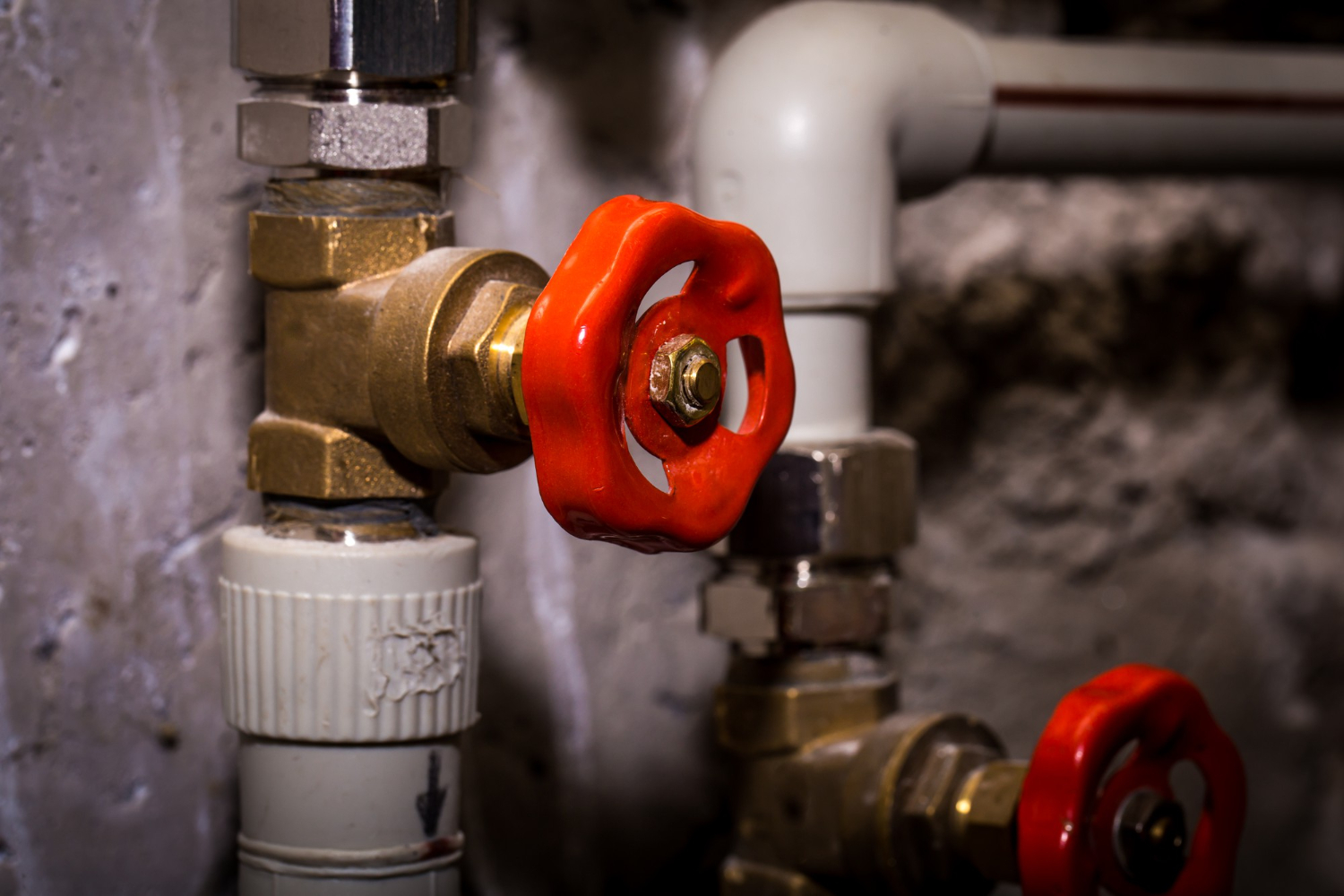Compressed air systems are the lifeblood of many industrial and warehouse operations. They power pneumatic tools, packaging lines, material handling systems, and even ventilation controls. When designed and maintained properly, a compressed air line network ensures smooth production, energy efficiency, and workplace safety. However, poor installation or neglected maintenance can cause costly downtime, leaks, and potential safety risks.
For warehouses and manufacturing plants that rely heavily on air-driven equipment, understanding how these systems function and how to keep them in top condition is vital to maintaining operational reliability and safety.

Understanding the Role of Compressed Air Lines
A compressed air line distributes pressurized air from a central compressor to various workstations or machines throughout a facility. The efficiency of this network depends on proper layout, pipe material, and pressure management. Common applications include:
- Operating assembly tools and conveyors
- Powering paint sprayers, pumps, and pneumatic lifts
- Running air knives and cleaning systems
- Controlling automated machinery and valves
Each system is customized according to a facility’s air volume needs, pressure requirements, and production flow. Even minor design errors, such as improper pipe sizing or poor moisture control, can lead to major inefficiencies and safety issues.
Routine inspections, leak detection, and line cleaning help maintain consistent air delivery while extending equipment life. When problems arise, such as pressure drops or inconsistent airflow, they often point to early signs of system fatigue. Facilities should remain alert to these issues before they escalate into failures. For more insight, review our guide on compressed air line failures to recognize the most common warning signs that require immediate attention.
Key Design Considerations for Industrial Air Systems
Designing a reliable compressed air line network starts with understanding how air moves through the system. Proper planning ensures consistent pressure and prevents energy waste. Several key factors must be addressed during installation:
- Pipe material selection: Aluminum and stainless steel are preferred over traditional steel due to resistance to corrosion and scale buildup.
- Loop design: Closed-loop systems provide balanced airflow, minimizing pressure drop between connection points.
- Condensation management: Water traps, filters, and dryers remove moisture that could damage equipment.
- Pressure regulation: Regulators and gauges maintain consistent air pressure for sensitive machinery.
- Accessibility: Strategic placement of valves and couplings simplifies future maintenance.
In large facilities, strategic zoning helps isolate specific production areas without shutting down the entire network during repairs. Attention to these design elements not only enhances performance but also improves safety by reducing the likelihood of line bursts or contamination.
Preventing Common Air Line Issues
Just like any mechanical system, compressed air lines experience wear and degradation over time. Preventive maintenance programs are essential to identify early warning signs and reduce the risk of failure. A proactive approach typically includes:
- Routine pressure testing to detect small leaks before they grow
- Drain inspections to ensure condensate removal
- Filter replacement to maintain clean airflow
- Lubrication checks for moving compressor components
- System flushing to remove dirt, oil, or debris
These steps may seem simple, but they make a measurable difference in system longevity. Preventive care not only saves energy costs but also prevents contamination of products and work environments. Facilities that delay inspections often face unexpected shutdowns, which are far more expensive than planned maintenance.
An added layer of protection involves routine safety audits. Inspections should include all piping routes, fittings, and junctions to confirm integrity and compliance with workplace safety standards.
Safety Practices in High-Demand Environments
Compressed air is a powerful resource, but it can also pose risks if mishandled. Employees working around pressurized systems must understand safe operating procedures and emergency protocols. Essential safety measures include:
- Never use compressed air for personal cleaning or dust removal
- Ensuring lines are depressurized before maintenance or repairs
- Securing hoses to prevent whiplash during disconnection
- Installing proper guards and signage near air equipment
- Conducting annual safety training for all staff
Facilities that operate both gas and air systems must also follow strict safety coordination procedures. For example, property managers can benefit from reviewing gas line safety tips to understand the broader safety framework that applies to pressurized line management.
Proper labeling of air and gas lines prevents confusion and accidental cross-connections. Equally important is monitoring for corrosion, vibration, and fatigue cracks that could compromise pipe integrity over time.
Why Professional Installation and Maintenance Matter
While compressed air line systems may appear straightforward, their design and maintenance require precision. Small oversights during installation, such as poor joint alignment or incompatible fittings, can result in leaks that waste energy and create hazards. Similarly, uncalibrated gauges or malfunctioning dryers can shorten equipment lifespan.
Professional technicians ensure that each component meets operational standards and that the system complies with safety regulations. Their specialized tools and experience help:
- Conduct pressure mapping and air flow analysis
- Identify hidden leaks or blockages using acoustic sensors
- Verify that dryers, filters, and regulators function correctly
- Optimize layout for balanced air distribution
- Provide documentation for safety and compliance inspections
Working with qualified experts also ensures that system upgrades align with production needs. As plants expand or shift operations, adjustments in line sizing or compressor output are often necessary to maintain efficiency. Attempting these modifications without technical oversight can cause system imbalance or contamination, leading to downtime and potential damage.
Power Your Operations with Expert Support
Compressed air systems are vital assets that require expert attention from design to maintenance. Keeping them in optimal condition prevents costly interruptions and safeguards workplace safety. For reliable installation, repair, and inspection services, contact The Gas Connection to schedule a professional assessment and ensure your facility’s air lines operate at peak performance.